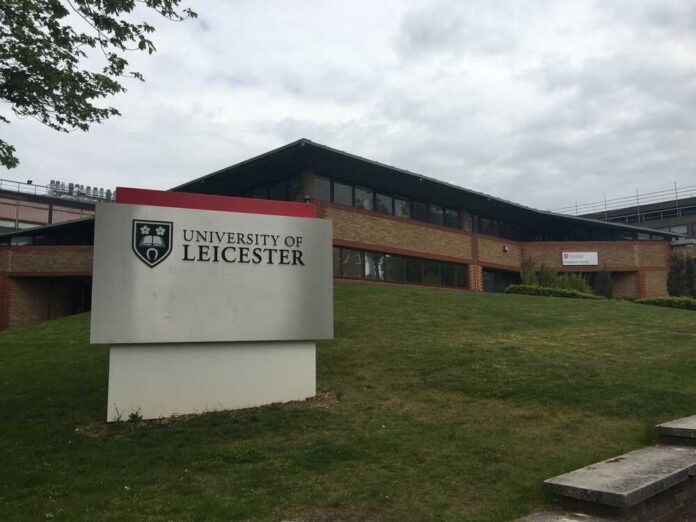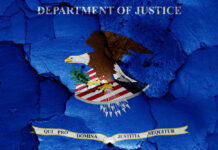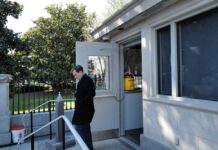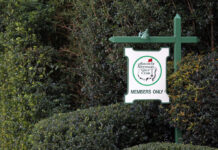Under the auspices of the Ministry of Defence, researchers from the University of Leicester have relocated forty previously undiscovered archaeological sites on the island nation of Cyprus, some of which date back to the Bronze Age.
A walkover study of observable artifacts at the Eastern Sovereign Base Area at Dhekelia (ESBA) was just completed by a small team from the University of Leicester Archaeological Service. Within a 12-mile radius, archaeologists uncovered 51 sites, some dating to the Bronze Age.
Many archaeological finds from the Bronze, Iron, and Medieval eras have been preserved on the island of Cyprus. The island is famous for its unique cultural legacy and its location on Mediterranean maritime routes.
If additional evidence is discovered nearby and the distinctive feature is persuasive, researcher Matt Beamish said a solitary tomb or wall footing could be considered a “site” in the study. Sites may also include buildings or large numbers of graves in cemeteries that span one hectare or more.
Due to insufficient mapping, Beamish pointed out that many of the island’s previously discovered sites had been lost. Some of the archived data was flawed because it was incomplete or incorrectly redrawn at a previous date. Certain locations had been destroyed when highways and buildings were constructed nearby. There is a large cemetery there that is said to have dozens of graves cut into limestone caverns and rock formations.
Determining the breadth of the island’s archeological sites calls for more investigation. Tomb constructions need to be thoroughly examined. This research is believed to serve as a model for similar archaeological finds made at building sites in the future. As part of the Protocol, the archaeological data has been provided to the Republic of Cyprus Department of Antiquities (DoA).
Beamish notes that ESBA military training exercises and infrastructure projects may have possible repercussions on archaeology. This procedure will ensure that these consequences are carefully examined. Additionally, it lays out the protocols for properly handling any artifacts that may be found during building sites.














